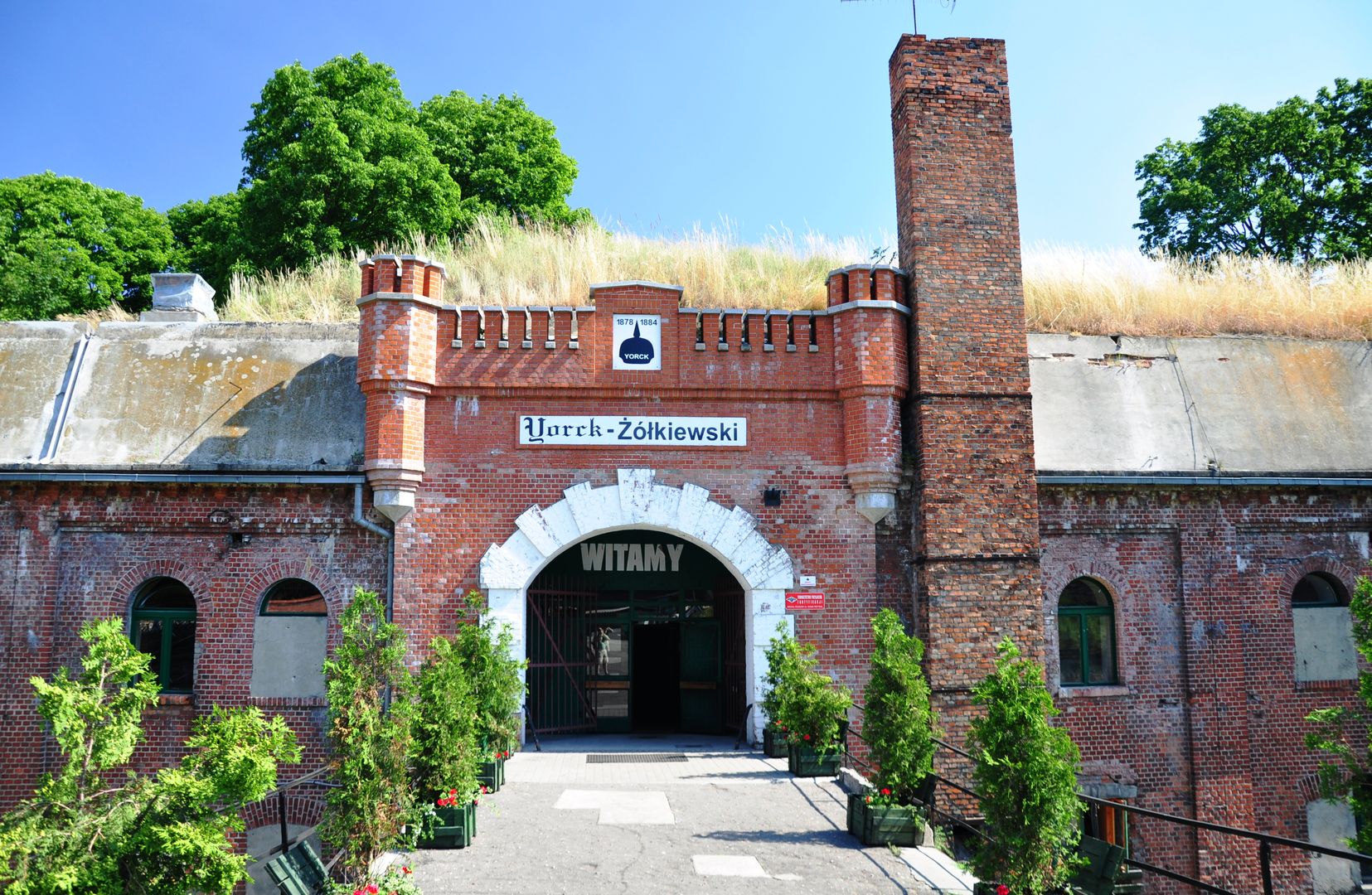Fort IV of the Toruń Fortress
6.95

Overview
Fort IV of the Toruń Fortress, previously known as Fort II Ludwig Yorck von Wartenburg, was built between 1878 and 1884. Located at 86 Chrobrego Street, it is the main artillery fort in Toruń. Its pentagonal shape, constructed from brick according to the principles of artillery engineering, was designed to withstand a six-month siege. The fort was part of the city's northeastern defensive line, aimed at protecting Toruń's railway stations. Its garrison consisted of two infantry companies and an artillery crew, totaling about 800 personnel. The armament included 14 medium-caliber cannons and a varying number of heavy-caliber guns, deployed across two batteries. Interestingly, the fort could fire upon the towns of Papowo Toruńskie and Grębocin, although it never fulfilled its military-defensive functions. From its heyday, the traditor and nine infantry shelters have survived, and in recent years, the observation posts with rotating towers have been revitalized. The fort also underwent modernizations at the turn of the 19th and 20th centuries, involving structural reinforcements, the installation of armored shutters, and the introduction of mechanical ventilation. After World War I, the fort was taken over by the Polish Army and assigned to the 63rd Toruń Regiment. After World War II, it lost its military purpose, and in the late 1950s, the army intended to dismantle it. However, the fort was instead converted into a mushroom cultivation facility. In the 1990s, the property was acquired by Jerzy Okoński, who adapted it for tourism, making it a unique, fully preserved site in Toruń. Today, it is open to tourists and hosts various events. The fort also houses a youth hostel, highlighting its cultural and recreational value. Thus, Fort IV is not only a valuable architectural monument but also a place that blends history, culture, and tourism, invigorating the local community through diverse activities.
Location
2025 Wizytor | All Rights Reserved